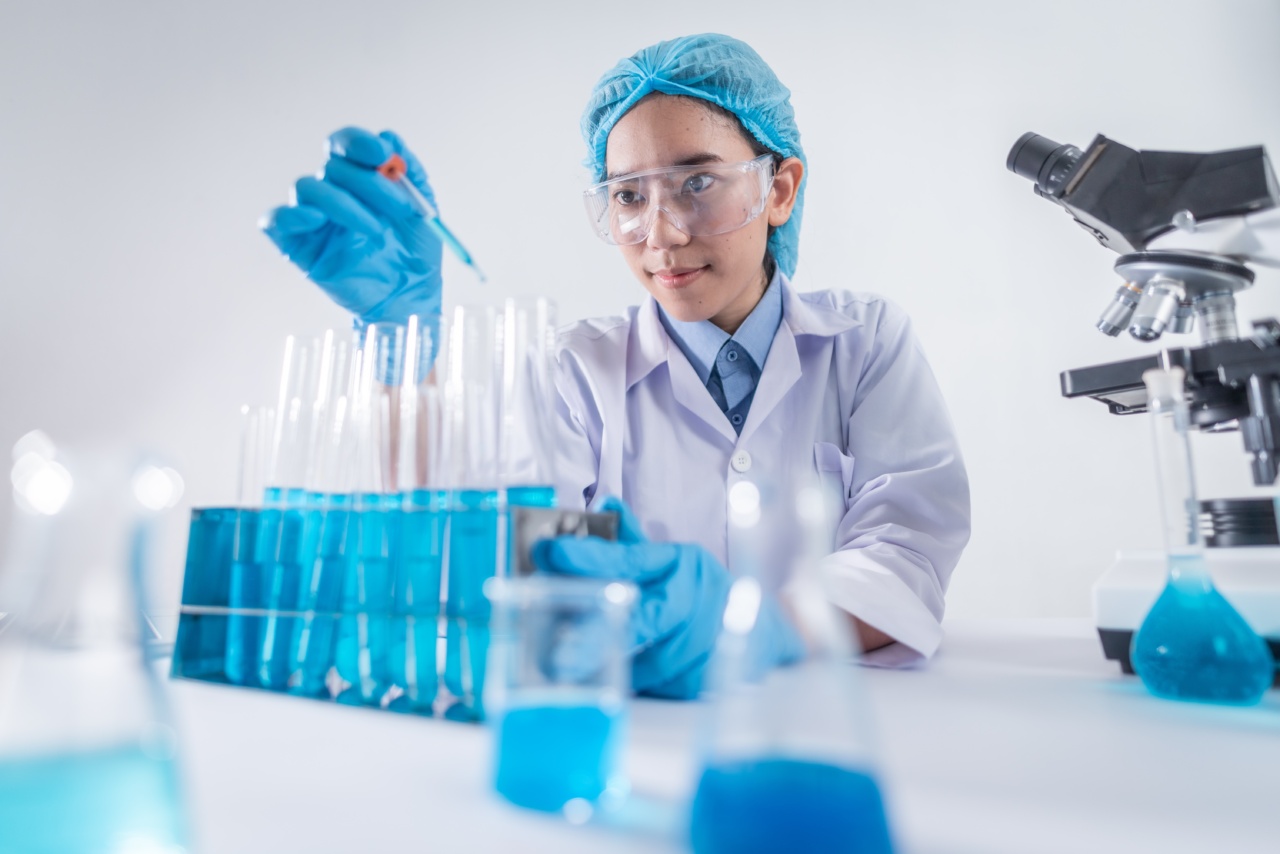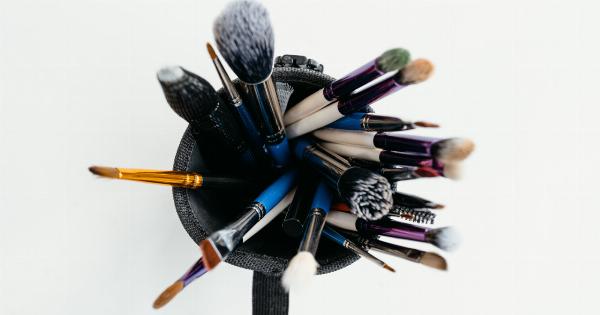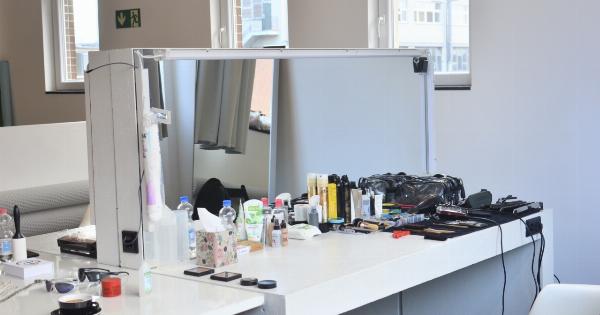Women are often exposed to a variety of harmful chemicals in their daily lives, some of which can have serious health consequences.
From the chemicals present in skincare products and household cleaners to the toxins found in cosmetics and personal care items, there is a need for increased awareness and preventive measures to ensure the well-being of women.
Dangers of Harmful Chemicals
The presence of harmful chemicals in women’s lives poses significant risks to their health.
Exposure to toxic chemicals has been linked to an array of health issues, including reproductive health problems, hormonal imbalances, allergies, and even cancers. Certain chemicals commonly found in skincare products and cosmetics, such as parabens and phthalates, have been suspected of disrupting hormone function and potentially leading to adverse reproductive outcomes.
Additionally, pregnant women and those who are breastfeeding need to be particularly cautious as harmful chemicals can be transferred to the developing fetus or through breast milk.
These chemicals can have long-lasting effects on the child’s health and development.
Identifying Harmful Chemicals
It is essential for women to be knowledgeable about the chemicals present in products they use regularly. Reading labels, understanding ingredients, and being aware of potential hazards is the first step towards protecting one’s health.
Some chemicals to be cautious about include:.
1. Parabens
Parabens are commonly used as preservatives in skincare products and cosmetics. They have been detected in breast tumors and are believed to have estrogen-mimicking properties.
2. Phthalates
Phthalates are often present in fragrances, perfumes, and nail polishes. Exposure to phthalates has been linked to hormone disruption and reproductive issues.
3. Formaldehyde
Formaldehyde is a known carcinogen often found in nail polishes, hair straightening treatments, and some skincare products.
4. Sodium Lauryl Sulfate (SLS)
SLS is a foaming agent commonly used in shampoo, body wash, and toothpaste. It can cause skin irritation and may be derived from petroleum sources.
5. Triclosan
Triclosan is an antibacterial agent used in many personal care products, including soaps and toothpaste. It has been associated with hormonal disruption and bacterial resistance.
Tips for Minimizing Exposure
While it may be challenging to completely eliminate exposure to harmful chemicals, there are several steps women can take to minimize their contact:.
1. Choose Natural and Organic Products
Opt for skincare products, cosmetics, and household cleaners that are free from harmful chemicals. Look for labels that certify products as organic or eco-friendly, as these usually follow stricter guidelines for ingredient safety.
2. Read Product Labels
Read product labels carefully and avoid those that contain potentially hazardous chemicals.
Familiarize yourself with the names of harmful substances and be cautious of products that claim to be “natural” without providing clear ingredient information.
3. Make Your Own Cleaners
Consider making your own household cleaners using natural ingredients like vinegar, baking soda, and essential oils. This way, you have more control over what goes into your cleaning products and can reduce exposure to harmful chemicals.
4. Check for Trusted Certifications
Look for trusted certifications on product labels, such as the USDA Organic seal or the EWG Verified mark. These certifications indicate that the product has met specific safety standards and can help you make more informed choices.
5. Ventilate Indoor Spaces
Proper ventilation is crucial in reducing exposure to indoor pollutants. Open windows, use exhaust fans, and air out spaces regularly to help remove chemicals and toxins from the air.
6. Be Mindful of Pesticides
Avoid using pesticides in and around your home as these can contaminate indoor air and surfaces. Explore natural pest control alternatives or seek professional help from eco-friendly pest control companies.
7. Limit Use of Fragrance
Many artificial fragrances contain chemicals that can be harmful. Reduce the use of synthetic fragrances by opting for unscented products or choosing items scented with natural essential oils.
8. Prioritize Fresh and Whole Foods
Eating a diet rich in fresh and organic foods can help minimize exposure to harmful pesticides and chemicals present in processed and packaged foods. Choose locally sourced and organic options whenever possible.
9. Educate Yourself and Others
Stay updated on emerging research and findings regarding harmful chemicals and their impact on women’s health. Share this information with friends, family, and the broader community to raise awareness and encourage safer practices.
10. Advocate for Change
Join or support organizations that advocate for stricter regulations on harmful chemicals in consumer products. Encourage companies to adopt safer ingredient options and promote transparency in labeling practices.
Conclusion
Protecting women from harmful chemicals is crucial for their overall well-being. By being proactive, reading labels, choosing safer products, and implementing preventive measures, women can reduce their exposure to potentially hazardous substances.
It is essential to prioritize health and safety while advocating for regulatory changes that promote healthier choices and ensure a safer environment for women.






























